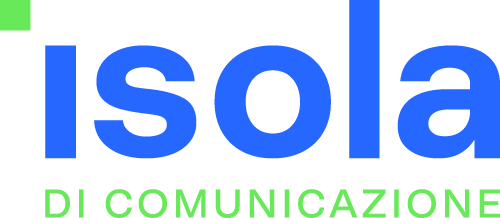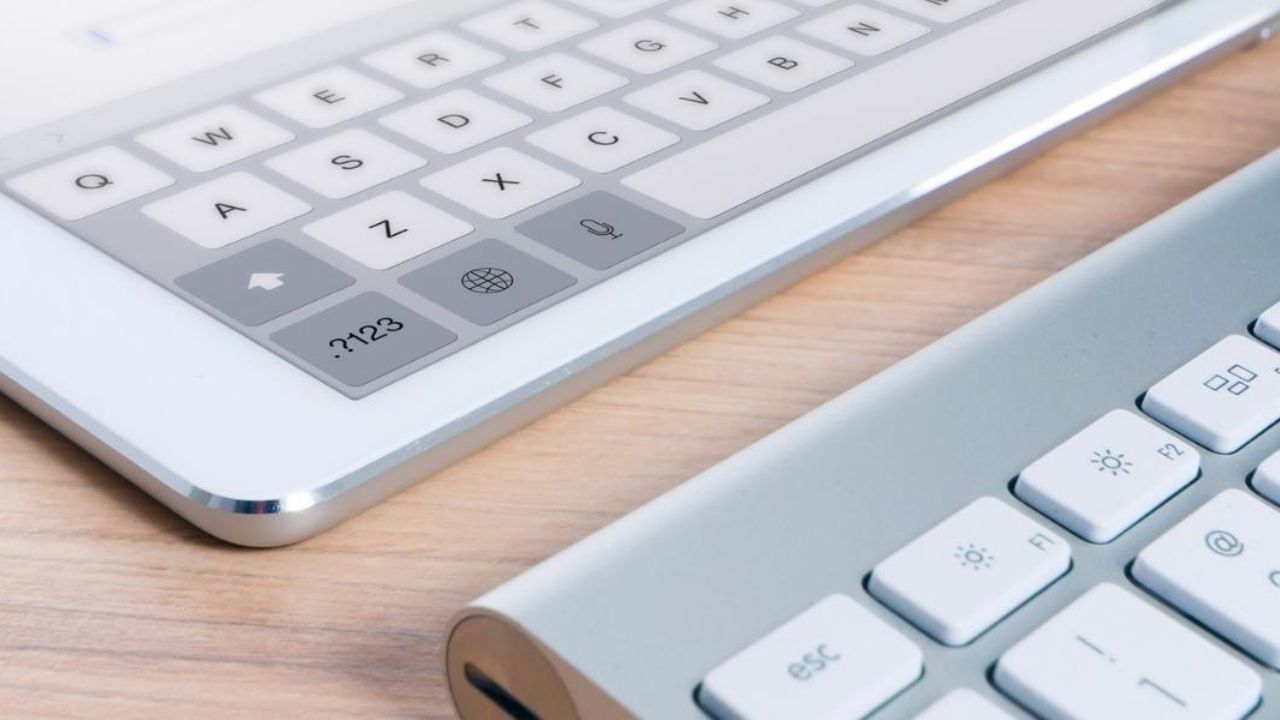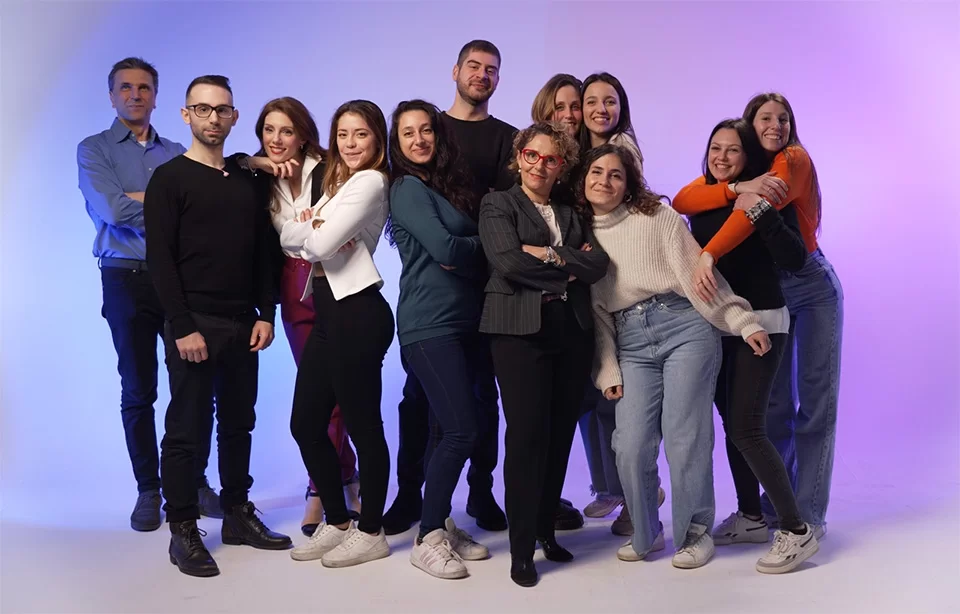What users value most on the Internet is the speed at which pages load. Therefore, it becomes imperative to take care of this aspect in the creation of one’s digital platform as well.
Most of the time, what slows down a site is the pictures. The experts at Isola di Comunicazione therefore want to show you how to optimize images for a website to provide apleasant browsing experience and reduce the bounce rate.
Why it is important to optimize images for a website
Being aware of the benefits we can gain from an action motivates us to put it into practice more frequently. So, let’s start by understanding why optimizing images is very important.
There are many reasons for this, but we can trace them back to one major finding: technically correct images help the SEO.
In fact, in deciding which pages to show, Google takes into consideration a number of parameters such asthe usefulness of the content and its likability.
Well-chosen and properly uploaded photographs enhance your text and increase site loading speed.
This leads the search engine to appreciate what you post and makes it more likely to get users to see it.
Ultimately, we can say that an aesthetically pleasing and at the same time fast website allows you to generate more traffic. Not to mention that, with a higher number of visitors you have a greater chance of conversion. In other words, it increases the number of people who:
- conclude a purchase
- they contact you for more information
- Recommend your address to friends and family
Thus, optimizing photos is not something to be approached superficially. Far from it: rather, it falls into that list of actions that are essential to make your online presence work for your business.
The technical features you need to know to optimize your website images
Before we look in detail at how to optimize images for your website, it is necessary to make a more technical premise. Only then can what we say in the next few lines be truly clear to you.
Visual content is characterized in several aspects:
- weight and size
- format
What do we mean when we talk about the weight and size of an image
The weight of an image is the number of pixels it contains. In contrast, to calculate image size we need to know the length and width of images. These two parameters are complementary and affect each other. In fact, weight changes (also, but not only) as size changes. More specifically, if you increase or decrease the measurements of the width or height of the image, you also increase or decrease the pixels of which it is composed.
What is the format of an image?
The format of a file indicates the convention that is used to read, write, and interpret it (the famous .png, .jpeg, and .gif).
Put more simply, it is a kind of dictionary that the computer uses to decode a coded sequence and show it to us on the screen. In fact, our PC does not see a picture as we see it: for it, a picture is a sequence of numbers to which corresponds a visual result with which we interface.
Having clarified these issues, we are now ready to take action and actually optimize our images.
4 actions you can put into practice to optimize your website images
When we talk about optimizing images for a website, we mainly refer to four actions:
- naming
- The reduction of weight and size (page loading speed)
- The choice of the most appropriate format
- WordPress plugin installation to help us in this process
1. Assign the correct name to the image.
To make sure that the images are optimized and bring us better search engine rankings, it is very important to give them a name and put it in the corresponding portion of html code. However, not all names are good: in fact, some rules must be followed.
The main one is that the name must always describe the associated image. In addition, this wording must be inserted correctly in two spaces:
- In the file name
- In the alt tag
Good practice is to use the same words in both. However, in the file name they should be separated by a hyphen. To give a practical example, the alt tag of an image might be “Isola di Comunicazione”; the file name, on the other hand, “island-of-communication.”
2. Reduce the size of photographs
Reducing the size of an image allows for lighter, easier-to-load photographs to be placed on Web site pages.
To do this, we have two modes available:
- Cropping them – That is, using editing software such as Photoshop and removing the excess parts that we do not need. In this way, we create an image of the right size for our specific needs and also reduce its weight.
- Compress them-This can be done in two ways: lossy, that is, with the loss of some data in the file; lossless, that is, without loss of data.
But how to figure out how much to compress and crop? A good method is to consider the overall weight of the web page where the image is to be uploaded. For example, a page that weighs about 2 MB cannot support a .jpg image of 800/900 KB. Therefore, compression down to 200 KB will have to be done.
3. Select the best format for the web

Once we have arranged our image, it is necessary to save it and choose the right format from the various available. Let’s look at the characteristics of the most common ones:
- JPG or JPEG – This is the most widely used on the Web, especially when the focus is on reducing the quality of the image somewhat in favor of lighter weight.
- GIF – Often used when very high quality is not needed, or, when you want a moving image. In fact, today it is mainly exploited for animations.
- PNG – This is a type of image that tends not to lose information. As a result, it is very heavy and not particularly suitable for inclusion within a page.
- TIFF – Owned by Adobe and extremely heavy, it is poorly suited for the Web.
- WEBP – Format created by Google specifically to make sites load faster.
4. Install a plugin on your WordPress site
Every website built on WordPress needs a few plugins. That is, essential add-ons that allow us both to:
- Optimize some aspects of the site
- Introduce specific functions that can be useful to us
To improve image optimization on WordPress there are many good plugins. The most famous is definitely WP Smush, which allows you to optimize images that are already online or others that, on the contrary, are manually uploaded by us.
The other good plugins that we recommend are then:
- ImageRecycle
- Optimole
- ShortPixel Image Optimizer
- EWW Image-Optimizer
- Imagify Image Optimizer
Optimize images for website: ask Isola!
As you may have guessed, the simpler the user navigation on a portal is, the more complex is the work behind the individual pages. Not only that: optimizing images for a website is but one of the indispensable actions to bring a performing platform to life. In addition to this, you need:
- copywriting activities
- techniques of SEO for search engine positioning
- skills from graphic design studio
- skills in web design
- hosting
- constant maintenance
So, it is far-fetched to think that one person can take care of everything. Isola di Comunicazione is the web agency that gathers in its offices more than 10 digital experts to help you achieve your business goals and create a website functional and useful for your business.
Request a freecustom quote now and improve your online presence with us!







